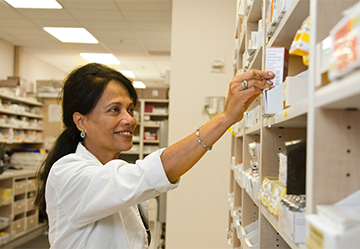Healthcare
Demand & Capacity Planning Theatre Efficiencies
Demand & Capacity Planning Theatre Efficiencies
Develop Consulting were invited to diagnose two patient pathways and develop the blueprint for patient user experience improvements that would be trialled in model areas and ultimately rolled out across all theatres, for one of the largest acute trusts in the UK.


Results
During an interview a patient asked “why did I have to get into a bed in the morning of the day of admission only to be asked to walk from the ward to the theatre” (5 min walk along a public corridor). As a result the workstream team trialled admitting the 1st listed patient and all day case patients direct to theatre, utilising the space in the post operative recovery area. This not only saved the patient walk from ward to theatre but also saved clinician time & unnecessary bed occupancy.
An immediate measurable benefit was theatres starting on time 100% of the time.
One of the trialled surgical specialties designed the post operative recovery area as dual use in a new build, ensuring permanent sustainment of the improvement.
Approach
- Value stream map of the processes involving all key stake holders.
- Facilitates the discussion of the process mapping exercises at patient focus groups to incorporate their views in the diagnostic.
- Incorporated the EBD (Experienced Based Design) approach – a way of bringing patients & staff together to share the role of improving patient care and redesigning services (keeping the patient
voice at the forefront of activities at all times). - Project team members interviewed patients at every stage along the patient journey – from referral to discharge.
- Each member of the workstream were responsible for sitting and talking with patients at every stage along their patient journey (building relationships).
- All patient views were collated and discussed within the governance structure
- Patient ideas were evaluated in the same way as a suggestions made by key stakeholders.
- The voice of the patient was actively valued equally alongside all internal stakeholders as an enabler to drive vision of the future state.
Solution
- Project overview document was developed and presented to the trust board.
- A project implementation proposal was produced for all theatre patient pathways.
- The delivery of the recommendations were implemented internally by the trusts own Service Improvement team.
- The EBD is now widely accepted and utilised within the Trust.




























